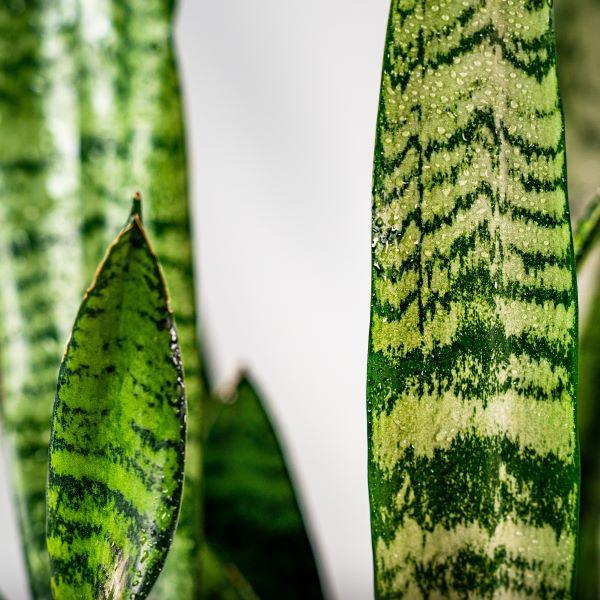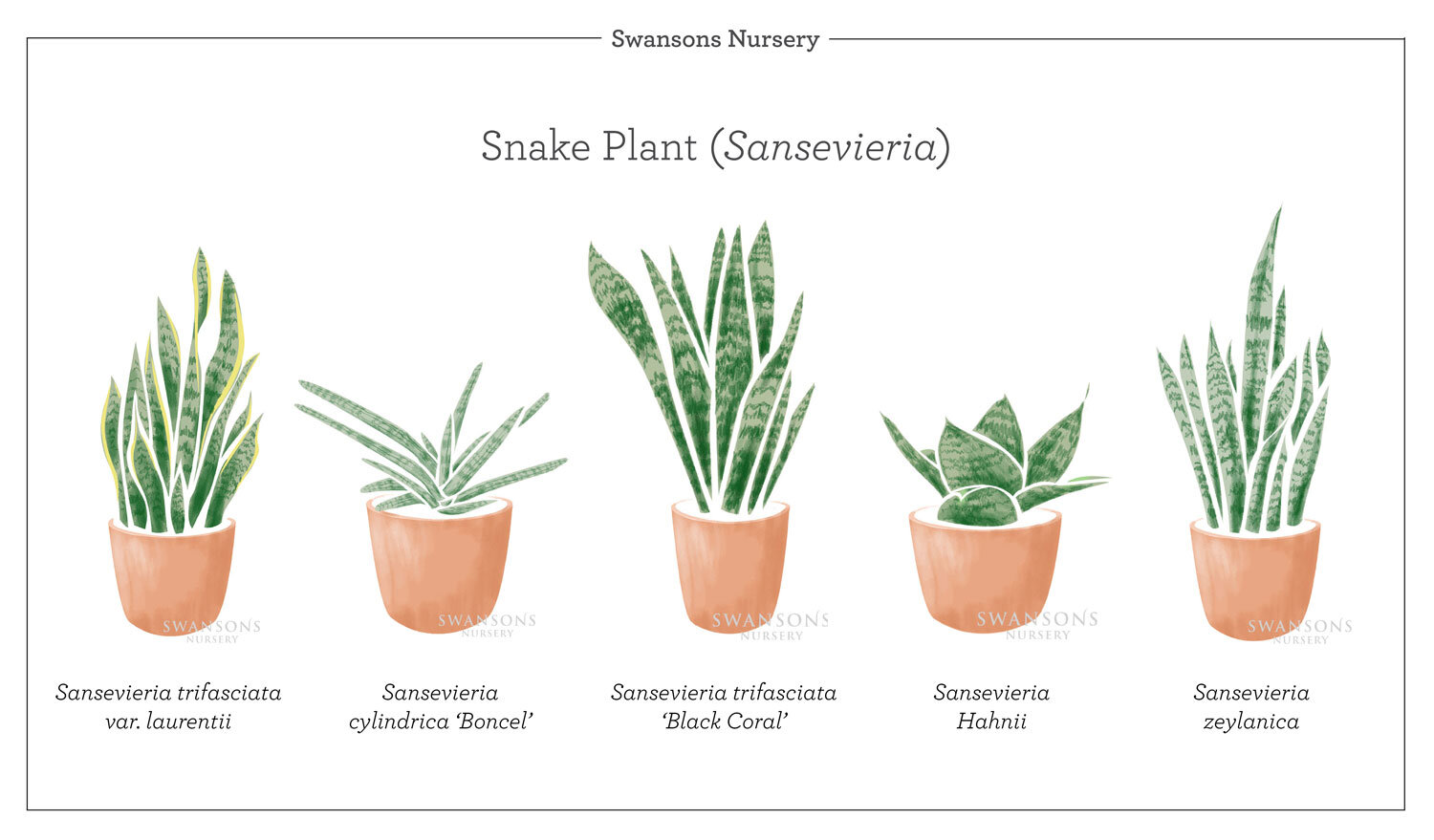About Snake Plant Leaves Turning Yellow
Wiki Article
Snake Plant Leaves Turning Yellow for Beginners
Table of ContentsSnake Plant Leaves Turning Yellow Things To Know Before You Get ThisThe Snake Plant Leaves Turning Yellow DiariesExcitement About Snake Plant Leaves Turning YellowThe Buzz on Snake Plant Leaves Turning YellowNot known Details About Snake Plant Leaves Turning Yellow All About Snake Plant Leaves Turning Yellow

Ideally, you must include a fluid plant food to the plant's water. It is better to give snake plants insufficient fertilizer instead than way too much. Do not feed serpent plants in the winter months. Repotting Flat pots with wide sizes are suitable for Sansevieria, as the plants develop thick roots that spread horizontally simply under the surface of the dirt.
This is just required when the plants are entirely rooted through, if the roots press one another up out of the dirt or grow over the rim of the pot. Some fallen leaves may topple away over the sides on tall houseplants as the rhizome is not completely anchored in the dirt.

The smart Trick of Snake Plant Leaves Turning Yellow That Nobody is Discussing
The celebrity sansivieria (Sansevieria kirkii) has great deals of small, thin fallen leaves. There are also a number of attractive sorts of this varieties. One particularly quite variant of the easy-care home plant is the fan snake plant (Sansevieria zeylanica). Propagating serpent plants The green-leaved serpent plant can be extremely conveniently propagated in the springtime or summer via cuttings about 1.You must keep in mind when propagating the snake plant which cut side belongs at the leading and which at the bottom! Just after that must the leafed pieces be planted in damp substrate.
Reduce the fallen leaves of long-leafed selections by regarding half to ensure that the plant is stable in the pot. With rosette-shaped growing Sansevieria, the specific rosettes are carefully divided from each other to ensure that each one has a couple of origins. The pieces are planted independently in blossom pots. Illness and Insects The serpent plant is a really robust plant despite having modest care and in sub-optimal conditions; it even forgives major treatment mistakes.
Brownish colored or limp leaves are usually triggered by origin rot, waterlogging or temperature levels that are too reduced. The most regular parasites on serpent plants are mealybugs.
The Main Principles Of Snake Plant Leaves Turning Yellow
Sansevieria, Mother-in-Law's Tongue, Viper's Bowstring Hemp. There are several kinds of Snake plant which all require the exact same treatment: Serpent plant moonshine Serpent plant Victoria Serpent Plants can reside in low light to intense, straight sun (Snake Plant Leaves Turning Yellow). They're the perfect plant to bring life to a dark room or cornerThroughout the winter season do not hesitate to just sprinkle your serpent plant as soon as a month if the dirt is still wet after 2 weeks. Serpent Plant kingdoms do not have any certain humidity demands but they favor drier settings. Snake Plants do not have any kind of certain temperature level needs, however will certainly experience if based on temperature levels listed below 10C.
Its slow growth rate makes it reasonably unusual in the trade. There are 2 nearly the same kinds, one of which is'Nelsonii'.'Nelsonii 'propagates true to type from leaf cuttings while the various other kind, additionally marketed as'Nelsonii', have to be circulated by root division since leaf cuttings yield S. trifasciata.
Harvesting bed-grown sansevieria is a selective thinning process. Solitary rosettes of wanted dimension are severed from the remaining clump by hand with a weeding blade or comparable cutting device, and raised from the bed. Completely efficient beds are harvested 5 to 6 times per year to prevent crowding of young you could try these out plants which misshapes brand-new rosettes.
Little Known Facts About Snake Plant Leaves Turning Yellow.
Research study has actually shown that S29 pound per plant. Nonvariegated plants are normally more efficient than variegated cultivars of the very same species. Some nurseries expand tiny plants from leaf cuttings in either ground beds or increased benches.
5 inches right into a well drained pipes but damp tool. Because the top and basic end of cuttings taken from the mid-section of taller types is challenging to establish visually, it is usually desirable to mark or notch one end of the cuttings constantly to assist in sticking. Cuttings stuck upside down will not establish roots.
Some Known Details About Snake Plant Leaves Turning Yellow
Origin and shoot advancement happens more slowly at lower temperatures; temperature levels listed below 60F must be stayed clear of. Relying on cultivar, reducing size, area of leaf used, and its physiological conditions, leaf cuttings will additional resources normally produce 1 to 5 plantlets. Plantlets must be broken or reduced from the leaf reducing when they get to the desired sized.
Ten to 12 fertilizer applications annually to stock beds under area problems or under frameworks will preserve adequate fertility, plant vigor, and quality. Nitrogen is one of the most vital component in a lot of baby rooms in terms of restricting the rate of plant development. Supply beds need to get 500 to 750 extra pounds per acre each of nitrogen (N) and potash (K2O).
Serpent plants are a terrific enhancement to any home. If you've obtained one and you discover that the leaves of your serpent plant are splitting, do not fret!
Signs consist of plants that don't get adequate water or plants that are over-watered. Plants that Check This Out do not obtain enough water will certainly have dry fallen leaves and stems, with large voids between the split areas of their fallen leaves. Over-watered plants will have soft and drooping stems, along with white areas on the bottom of the fallen leave.
All About Snake Plant Leaves Turning Yellow
If your snake plant's leaves are dividing, it may be because of overwatering. When you sprinkle your serpent plant, you wish to stay clear of saturating the dirt so it stays damp however not soggy. If you water frequently or too much, after that the dirt can end up being also damp and will not soak up dampness as easily when sprinkled once more.Report this wiki page